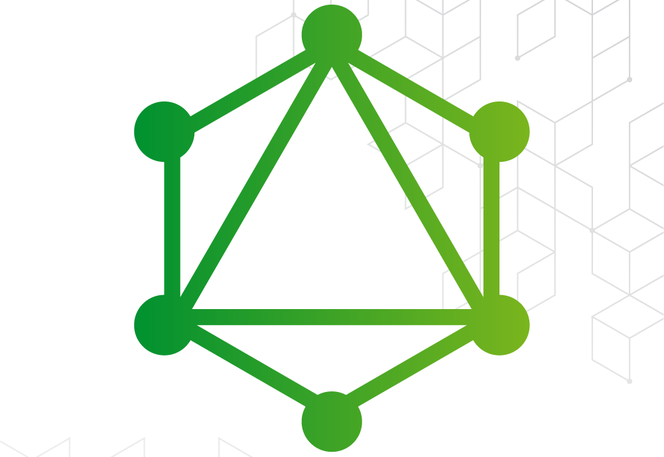Dive into this simple guide on performance testing for software applications! We're exploring three different testing methods - isolated endpoint, endpoint flow, and UI performance. With clear examples of their pros and cons, this article will help you choose the right method for your needs.
Author: Vlad Ivascu
Performance testing plays a crucial role in ensuring the reliability and efficiency of software applications. To effectively test the performance of the application, different approaches may be used. In this article, we look at three ways of doing performance testing: isolated endpoint, endpoint flow, and UI performance. We will explore the advantages and limitations of each approach, helping you determine the most suitable strategy for your testing needs.






